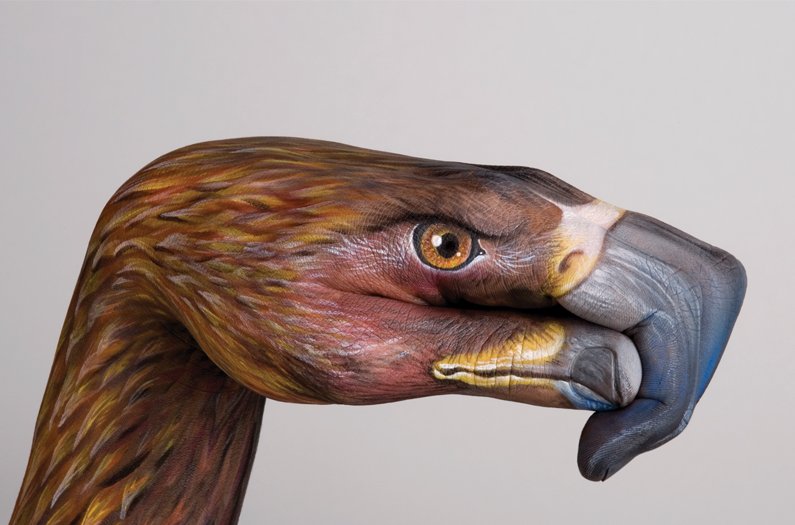Anthropocene:
“During World War II, Londoners often sought shelter from German bombs in the city’s subway tunnels. There, they encountered another type of enemy: hordes of voracious mosquitoes. These weren’t your typical above-ground mosquitoes. They were natives of the Underground, born in pools of standing water that pockmarked the underground passageways. And unlike their open-air cousins, London’s subterranean skeeters seemed to love biting humans.
Fifty years after the war ended, scientists at the University of London decided to investigate the subway population. They collected eggs and larvae from subway tunnels and garden ponds and reared both populations in the lab. The outdoor mosquitoes fed on birds, but the tunnel bugs preferred mammal blood. And when the scientists put males and females from the different populations into close quarters designed to encourage mating, not a single pairing produced offspring. That sealed the deal: the underground mosquitoes were a whole new species, adapted to life in the subway tunnels people had built.
It’s stories like this one that got Joseph Bull thinking. As a conservation scientist at the University of Copenhagen, he hears a lot about how humans are driving other species extinct. If the current rate stays steady, the planet is on its way to its sixth mass extinction, a severe event on par with the meteorite impact that killed the dinosaurs. But he wondered whether there might be a flip side. Certainly people’s planet-transforming activities had to be creating new species, too. But how, and how many? Bull decided to see whether he could count all the new species humans had created or were on their way to creating, in a sort of mirror-image of extinction rates and endangered species lists.”


